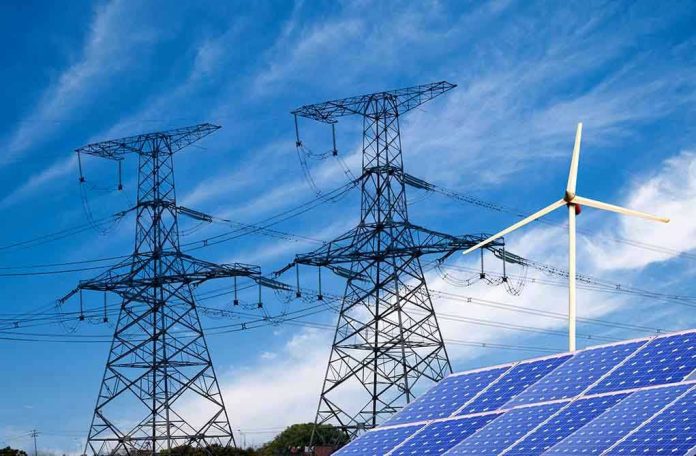
Congress has just slashed $500 billion in energy subsidies, setting a precedent for reform that many thought impossible.
At a Glance
- U.S. energy subsidies date back to 1789, with recent focus on renewables.
- From 2010 to 2023, solar and wind received far more subsidies than fossil fuels.
- Critics claim subsidies distort markets and benefit large companies.
- Recent cuts signal a shift towards reducing government overreach and spending.
The Legacy of Energy Subsidies
Energy subsidies in the United States have a long history, beginning in 1789 when tariffs were placed on British coal to protect domestic energy. Over the years, subsidies evolved to support the growth of various energy sectors, from fossil fuels to nuclear power, and more recently, renewable energy. The Obama administration ramped up federal support for renewables, seeking to reduce carbon emissions and boost green jobs. However, this approach has not been without controversy, highlighted by high-profile failures like Solyndra’s bankruptcy after receiving $535 million in federal loans.
Renewable energy subsidies became a major focus in the late 20th and early 21st centuries. Despite technological advances reducing costs for wind and solar, these industries still rely heavily on subsidies to remain competitive against fossil fuels. The Energy Policy Act of 1992 introduced production and investment tax credits that became primary mechanisms for supporting renewables. Fast forward to the present day, and federal support for renewables has more than doubled from $7.4 billion in FY 2016 to $15.6 billion in FY 2022.
The Players Behind the Scenes
Federal and state governments, renewable energy companies, and fossil fuel companies are all key players in the subsidy game. While renewable firms aim to maximize subsidy access for profitability, fossil fuel interests seek to maintain their own subsidies while resisting policies that disadvantage their sectors. Taxpayers inevitably foot the bill for these subsidies, sparking debates about fiscal responsibility and market efficiency. The power dynamics are clear: large companies have the resources to navigate subsidy regimes, often benefiting more than smaller entrants.
Industry associations, think tanks, and advocacy groups like the American Clean Power Association, Solar Energy Industries Association, and Texas Public Policy Foundation play significant roles in shaping subsidy policies. Lobbying and political influence are pivotal in determining policy direction, with congressional committees and executive agencies at the helm of decision-making.
The Impact of Subsidy Cuts
The recent $500 billion cut in energy subsidies is a monumental shift. Short-term effects include accelerating renewable deployment and job creation, but critics argue these subsidies distort markets and lead to inefficient capital allocation. Long-term implications could see entrenched inefficiencies and dependency on government support. Consumers and taxpayers face the fiscal cost, potentially leading to higher energy prices if subsidies continue to distort market signals.
Economically, while subsidies stimulate investment, they may also result in inefficient capital allocation, impacting consumers and taxpayers. Socially, while supporting climate and health goals, the transition to renewables can disrupt traditional energy communities. Politically, the subsidy debate reflects broader ideological divides over climate policy and government intervention.
A Call for Reform
Critics, including free-market advocates, call for a phase-out of subsidies to create a level playing field. The energy subsidy cuts signal a potential shift in policy, moving away from government overreach and excessive spending. The goal is to reduce market distortions and encourage innovation by allowing the market to drive energy sector developments without excessive government intervention.
In conclusion, the recent subsidy cuts mark a significant step towards reforming U.S. energy policy. By reducing reliance on government support, there’s potential to foster a more competitive and innovative energy market. This shift aligns with conservative values, emphasizing fiscal responsibility and market-driven solutions. The ongoing debate over subsidy effectiveness will undoubtedly shape the future of energy policy in the United States.
Sources:
Long History of US Energy Subsidies
Federal Energy Subsidies Distort the Market and Impact Texas: A Closer Look at the True Costs
Federal Energy Subsidies: Brent Bennett













